Portugal’s rich cultural heritage shines brightest in its small towns, where ancient craftsmanship traditions continue to thrive despite our modern mass-production era. These charming communities preserve techniques passed down through generations, creating environments where authenticity isn’t just a marketing term but a way of life.
Walking through their narrow cobblestone streets feels like stepping into living museums where artisans still create using methods that date back centuries.
Here is a list of 20 Portuguese towns where traditional craftsmanship permeates every corner, making visitors feel connected to something genuine and timeless.
Barcelos
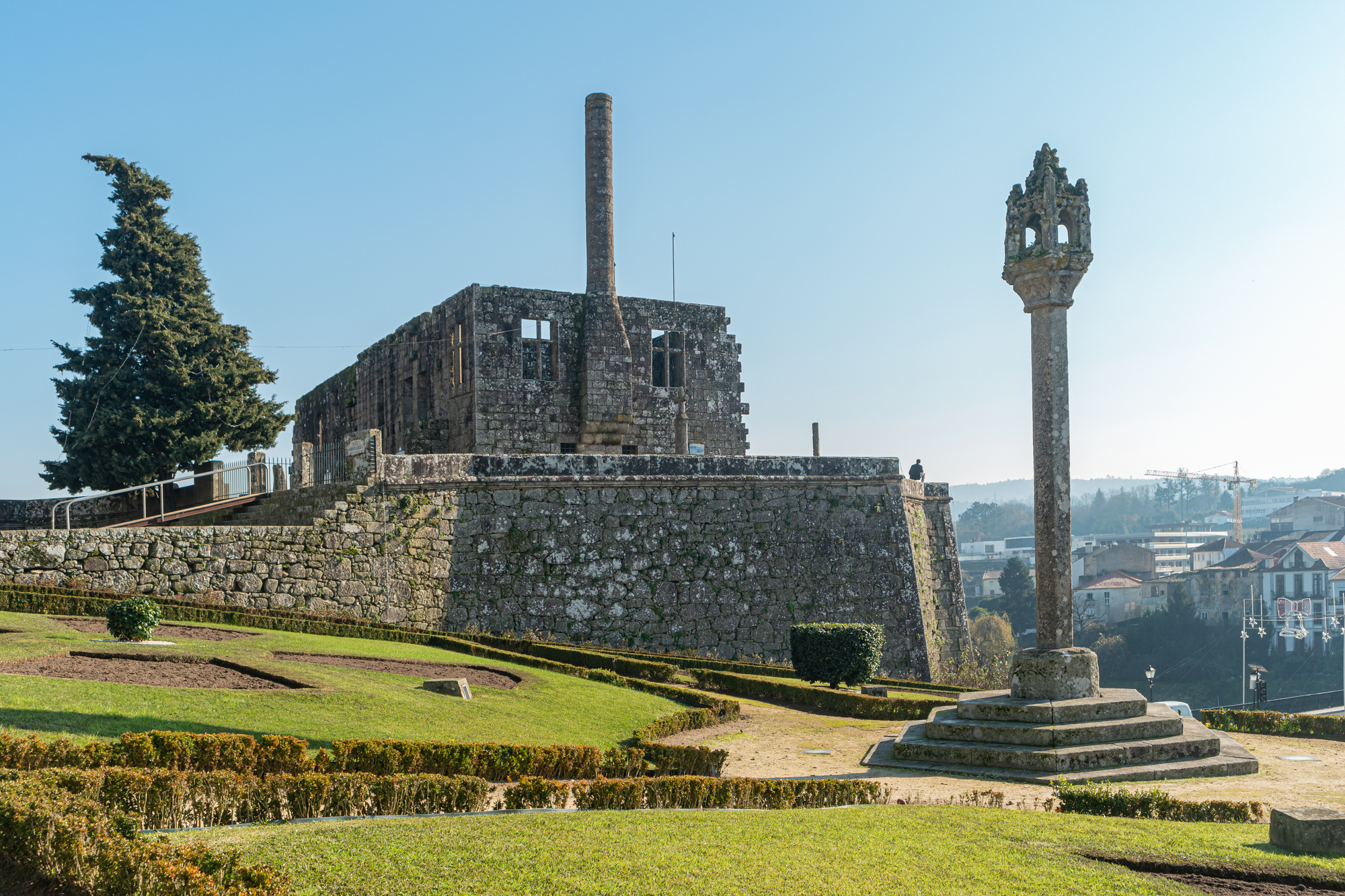
The moment you arrive in Barcelos, you’ll notice the iconic rooster figurines displayed in virtually every shop window. Local ceramists transform humble clay into vibrant pottery using techniques dating back to the 16th century. The town’s weekly market remains one of Portugal’s oldest and largest, featuring everything from handwoven textiles to intricately carved wooden utensils crafted by local artisans.
Arraiolos

This hilltop town has perfected the art of rug-making since the Middle Ages. Arraiolos carpets feature distinctive embroidery patterns created using techniques that haven’t changed in over 500 years. Visitors can watch artisans working with wool dyed using traditional plant-based colorants, creating pieces so durable they’re often passed down as family heirlooms.
Caldas da Rainha
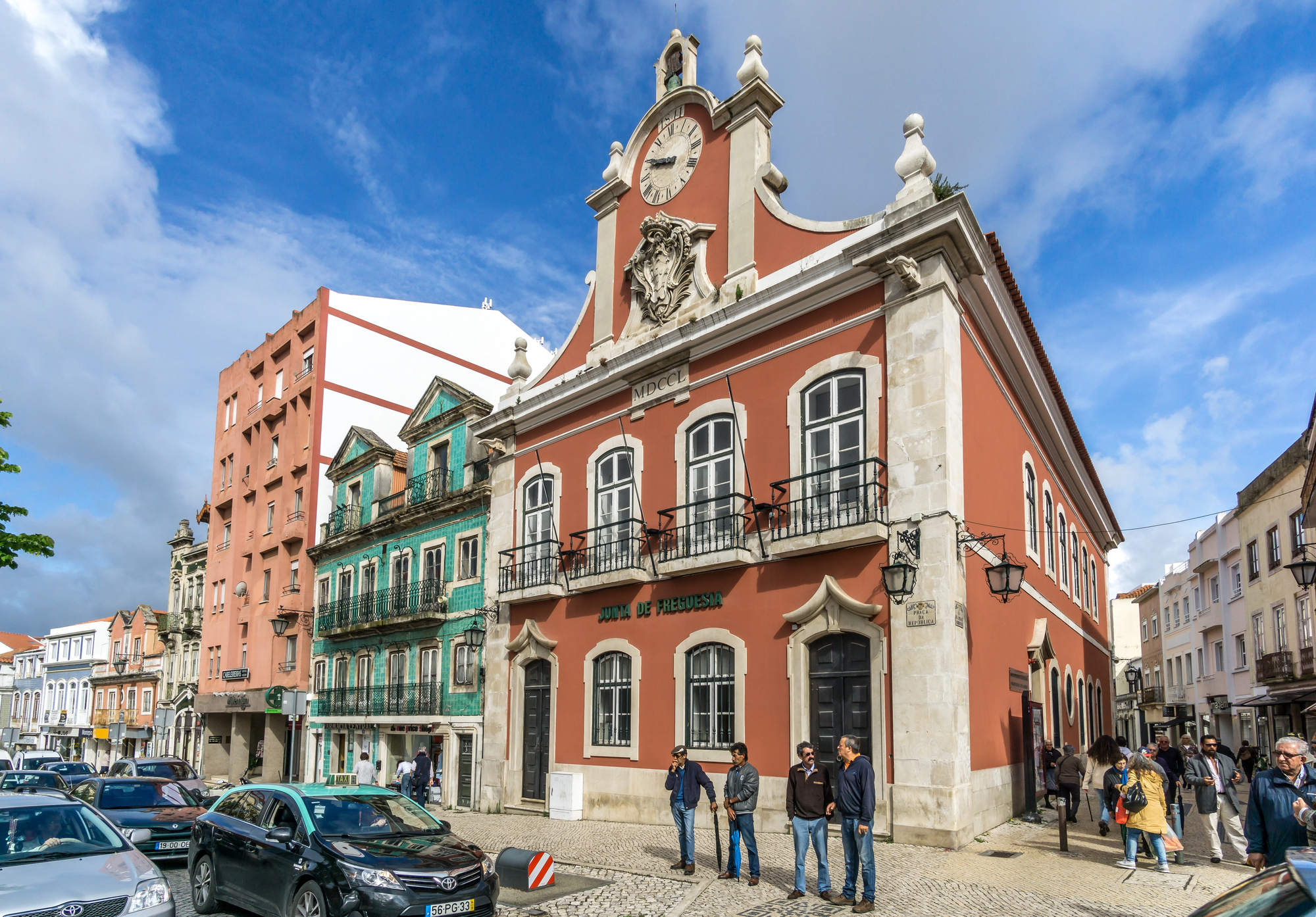
The distinctive pottery of Caldas da Rainha stands out for its playful yet masterful designs. Artisans here specialize in ceramic pieces depicting fruits, vegetables, and animals with surprising detail and humor.
The tradition began in the 19th century when Rafael Bordalo Pinheiro established his ceramic factory, and today, the town’s streets are lined with small workshops where craftspeople continue his legacy.
Like Travel Pug’s content? Follow us on MSN.
Monsaraz
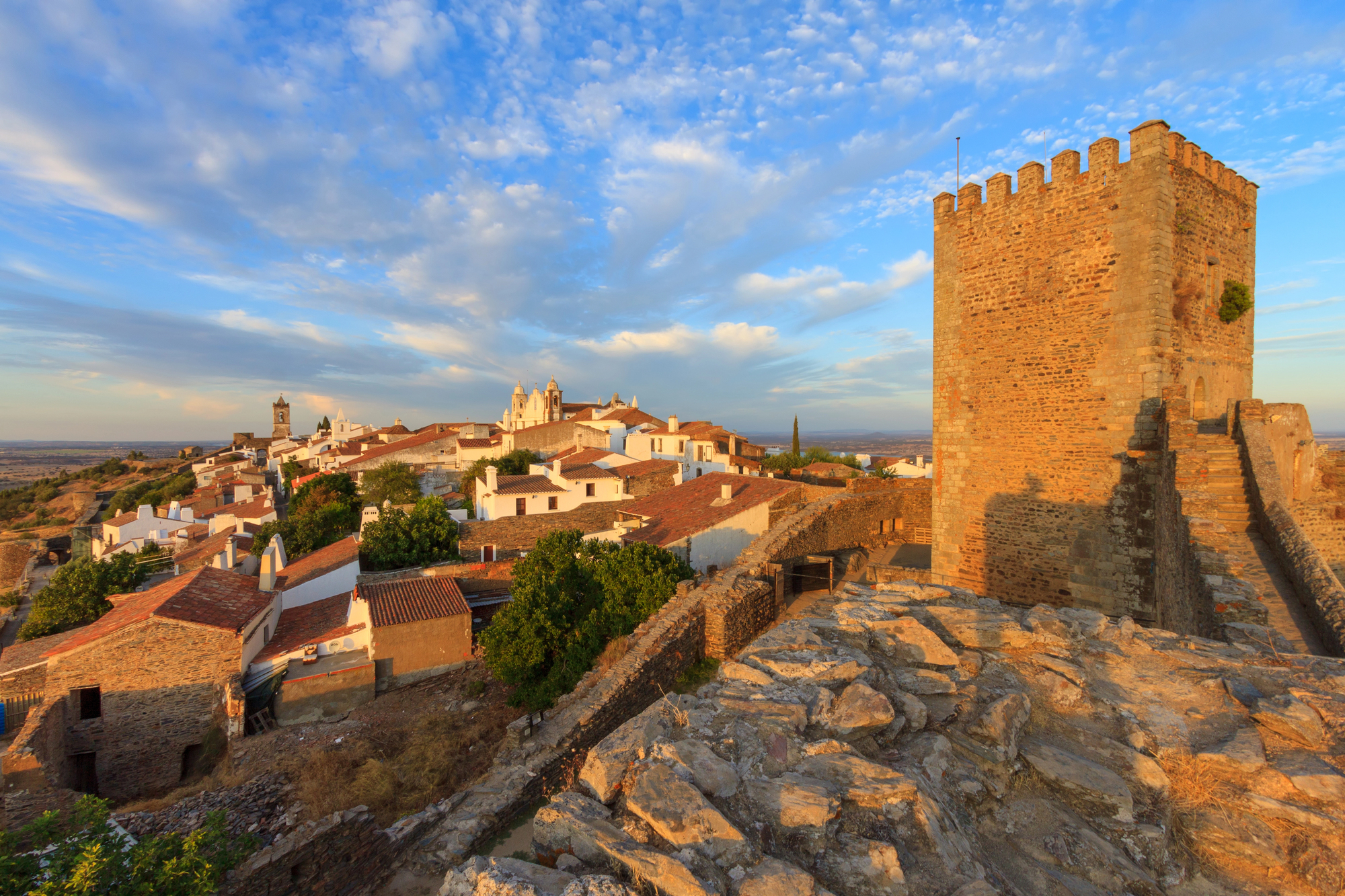
Perched on a hilltop overlooking the Alentejo plains, Monsaraz preserves its medieval atmosphere in every whitewashed building and stone path. The town’s weavers are known for creating blankets and tapestries using pure wool and natural dyes.
These textiles often feature geometric patterns that tell stories about local life and landscape, with techniques preserved from the time when Moorish influences shaped the region.
Estremoz
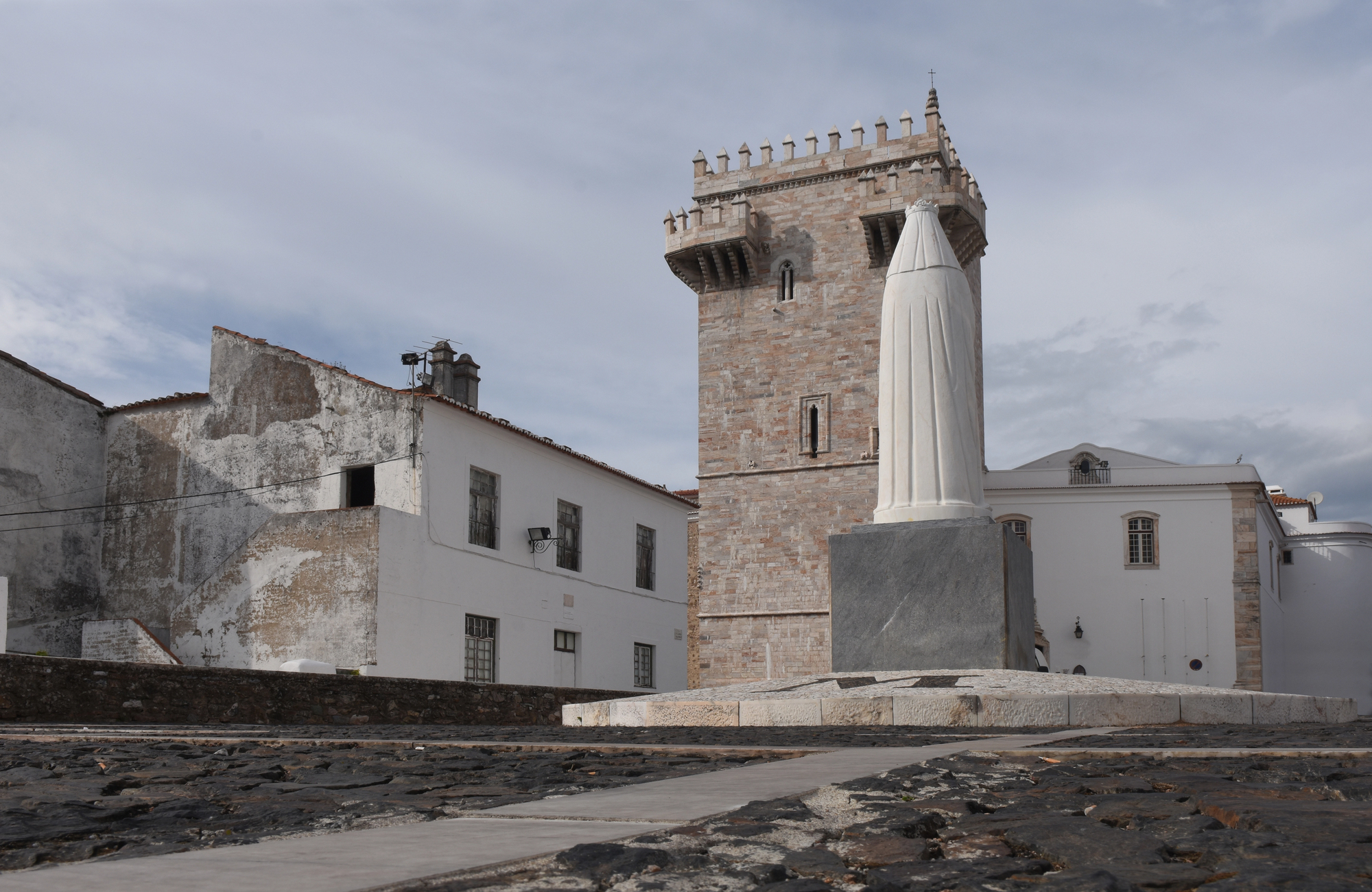
The marble from Estremoz has adorned palaces and cathedrals across Europe for centuries. This town’s craftspeople transform this luxurious stone into everything from grand architectural elements to delicate figurines.
The traditional clay figurines known as ‘Bonecos de Estremoz’ have earned UNESCO cultural heritage status for their vibrant depictions of local characters and daily life.
Viana do Castelo

The gold filigree jewelry of Viana do Castelo represents some of the most intricate metalwork in Europe. Local goldsmiths create pieces using tiny gold threads twisted and soldered together with a level of detail that seems almost impossible.
The town’s traditional costumes feature embroidery so precise and colorful that each piece takes months to complete by hand.
Like Travel Pug’s content? Follow us on MSN.
Óbidos

Surrounded by medieval walls, Óbidos maintains traditions in both architecture and culinary crafts. The town is famous for its handcrafted liqueurs served in tiny chocolate cups, each made by local confectioners.
The bookshops housed in repurposed historic buildings showcase handbound volumes and artisanal paper goods that connect modern visitors to centuries-old publishing traditions.
Coimbra
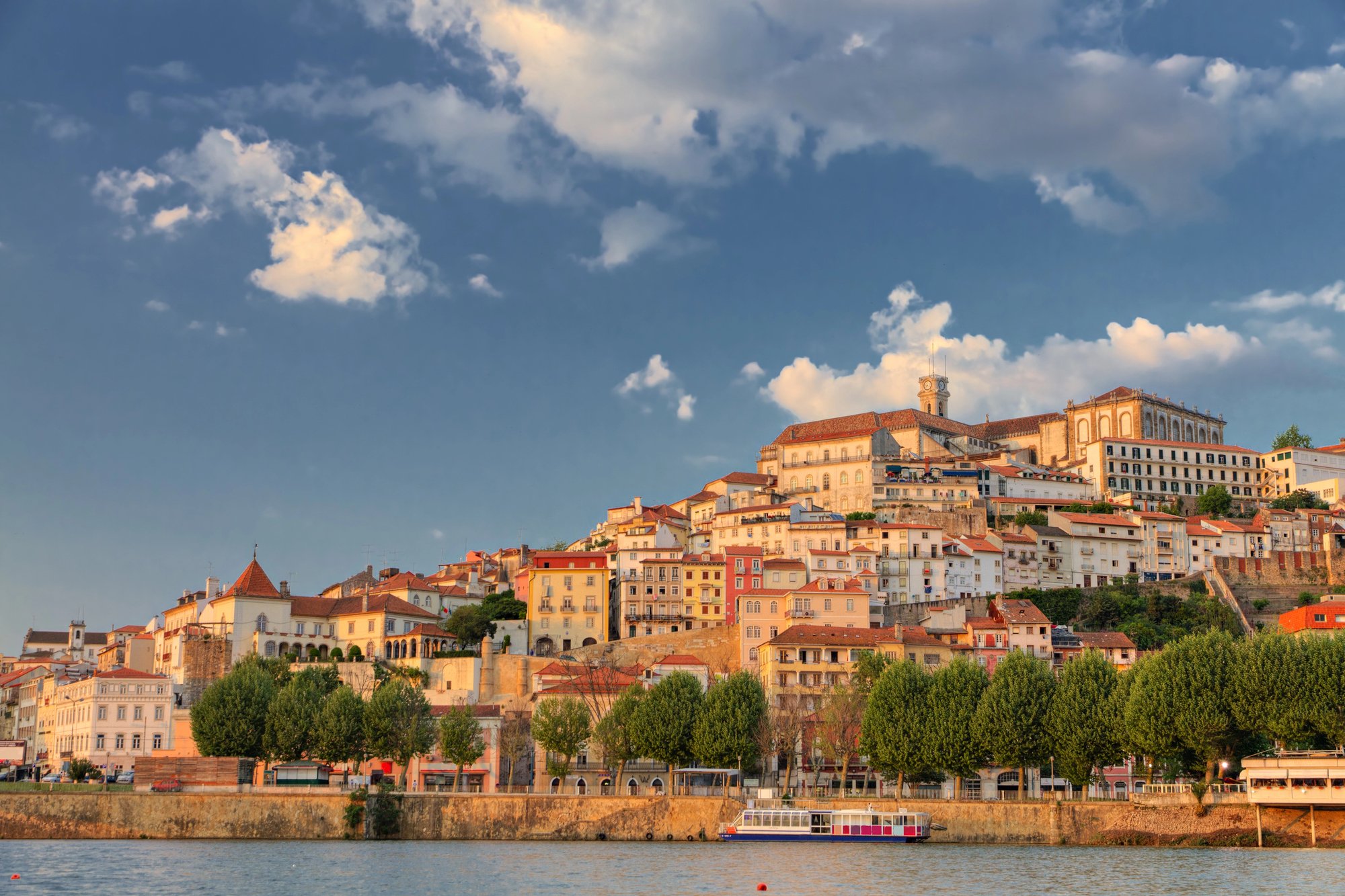
Beyond housing Portugal’s oldest university, Coimbra preserves the tradition of fado music through handcrafted instruments. The Portuguese guitar makers of Coimbra create instruments with distinctive teardrop shapes and intricate inlay work.
Local artisans also specialize in handmade academic gowns and ‘capas’ worn during university ceremonies, with techniques unchanged since the Middle Ages.
Ponte de Lima
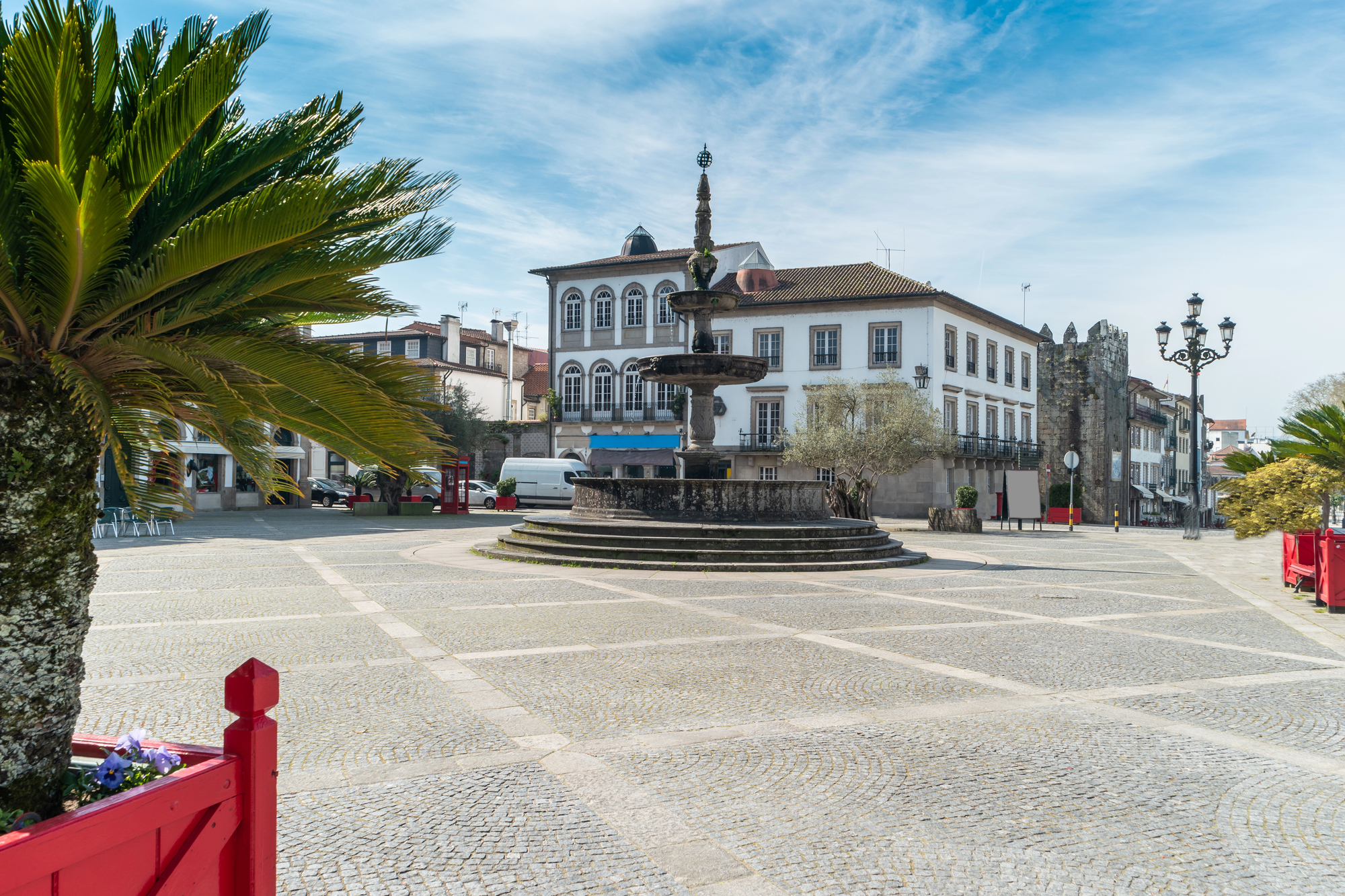
Portugal’s oldest town embraces its agricultural heritage through handcrafted items that celebrate rural traditions. Local artisans create tools, baskets, and decorative objects using materials harvested from surrounding forests and fields.
The twice-monthly market has operated continuously since 1125, offering a direct connection to medieval commerce and craftsmanship.
Like Travel Pug’s content? Follow us on MSN.
Miranda do Douro

In this remote northeastern town, traditional crafts serve as cultural resistance against the homogenization of modern life. The local language of Mirandese survives alongside crafts like hand-forged knives and bagpipe making.
The distinctive wool capes called ‘capas de honra mirandesas’ feature unique embroidery patterns that identify family lineages and village affiliations.
Nisa
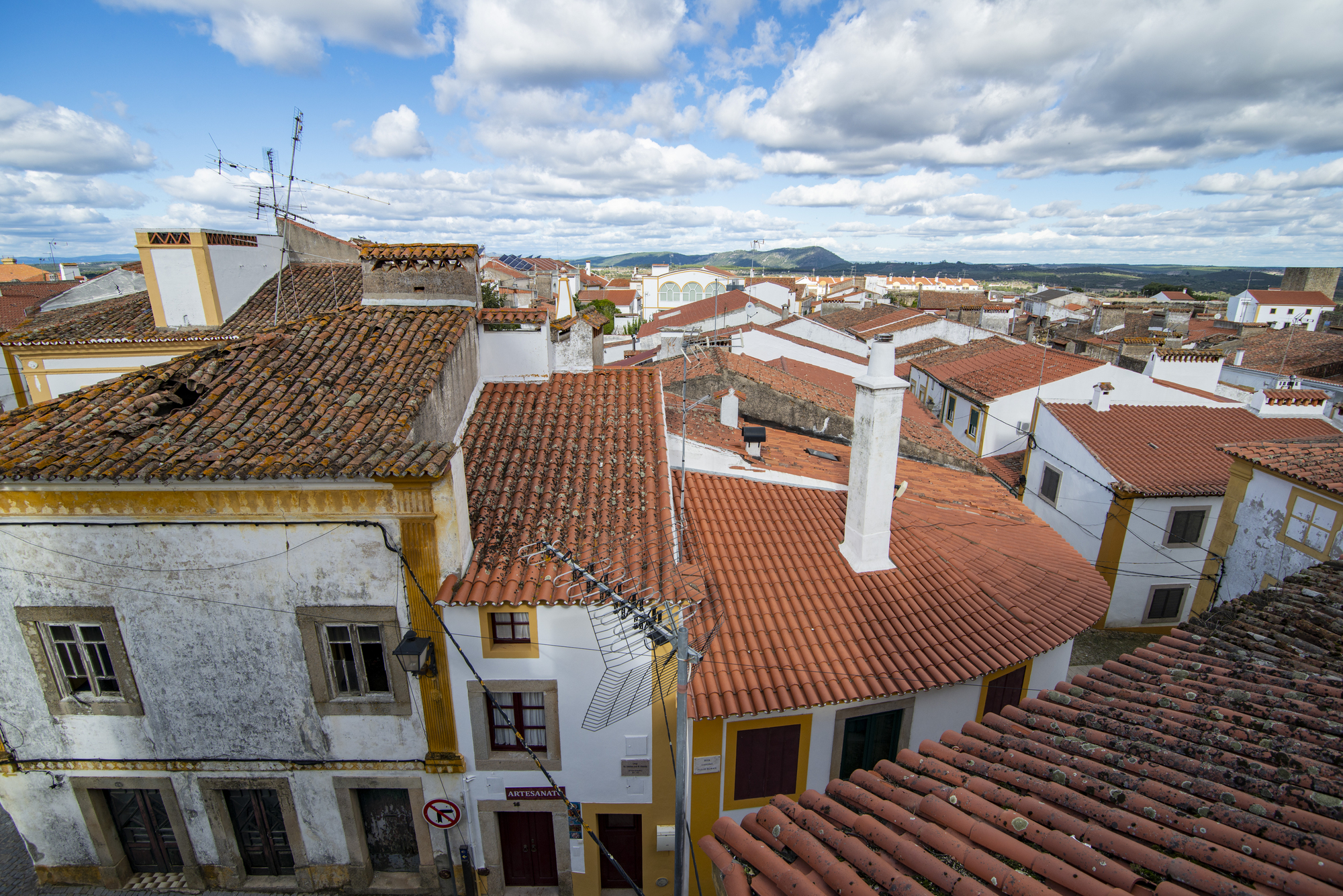
The women of Nisa have perfected a distinctive embroidery style featuring cutwork and pulled-thread techniques that create intricate patterns resembling lace. This small Alentejo town also preserves ancient pottery traditions featuring clay vessels burnished with river stones until they shine.
The cheese-making traditions here involve wooden molds carved with designs that identify each producer’s creations.
Aveiro

Often called ‘Portuguese Venice’ for its canals, Aveiro maintains maritime craftsmanship alongside its famous sweet-making traditions. The colorfully painted moliceiro boats represent floating examples of traditional boatbuilding and decorative painting.
The ovos moles sweets sold throughout town come wrapped in communion wafer formed into maritime shapes, connecting culinary craft to religious traditions.
Like Travel Pug’s content? Follow us on MSN.
Marvão
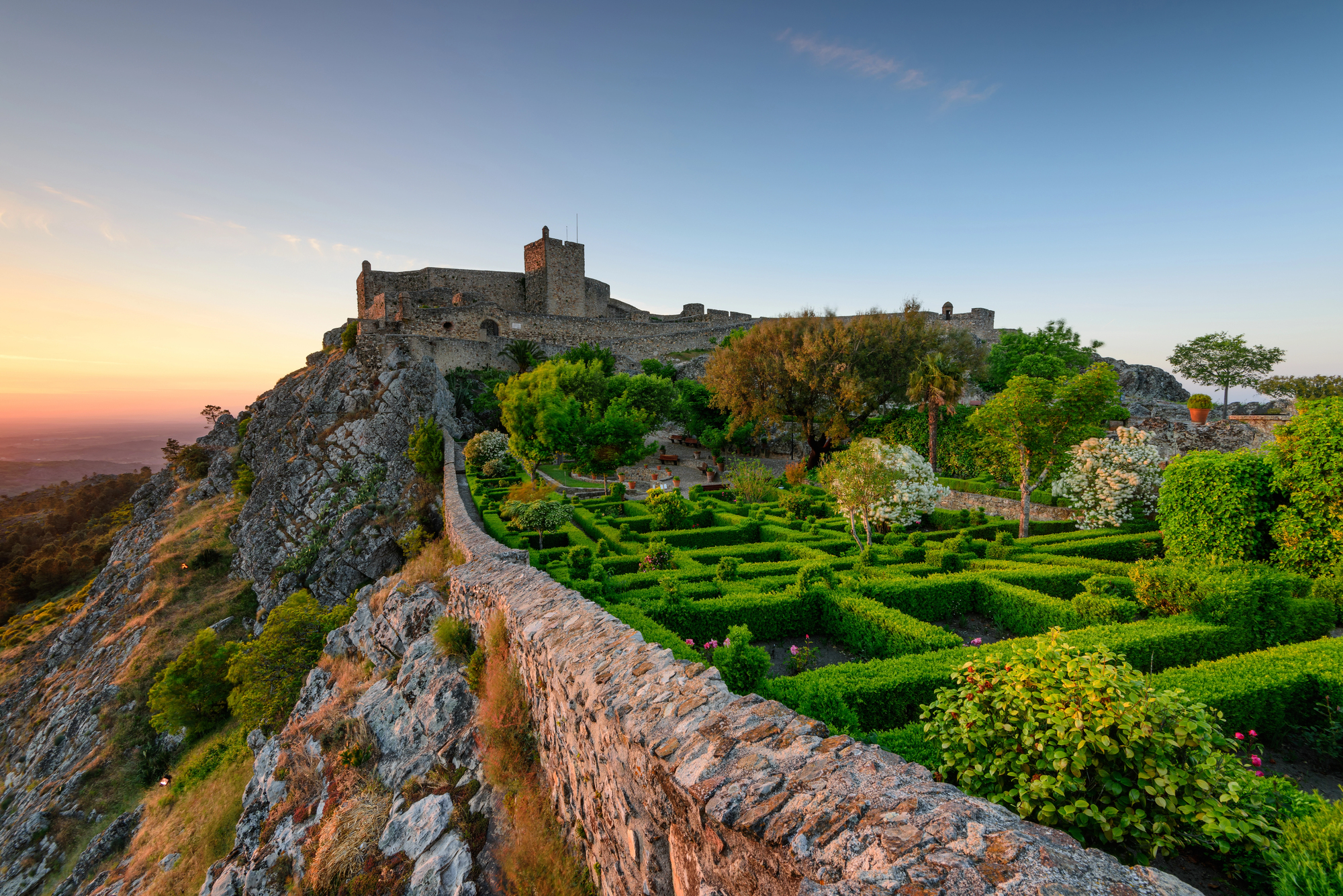
Perched dramatically on a granite peak, Marvão’s isolation has preserved traditional crafts that disappeared elsewhere. Stone masons here continue to build and repair structures using techniques dating back to Roman times.
The chestnut wood furniture created by local craftspeople uses joinery methods that require no nails or modern fasteners, resulting in pieces that can last for generations.
São Pedro do Corval
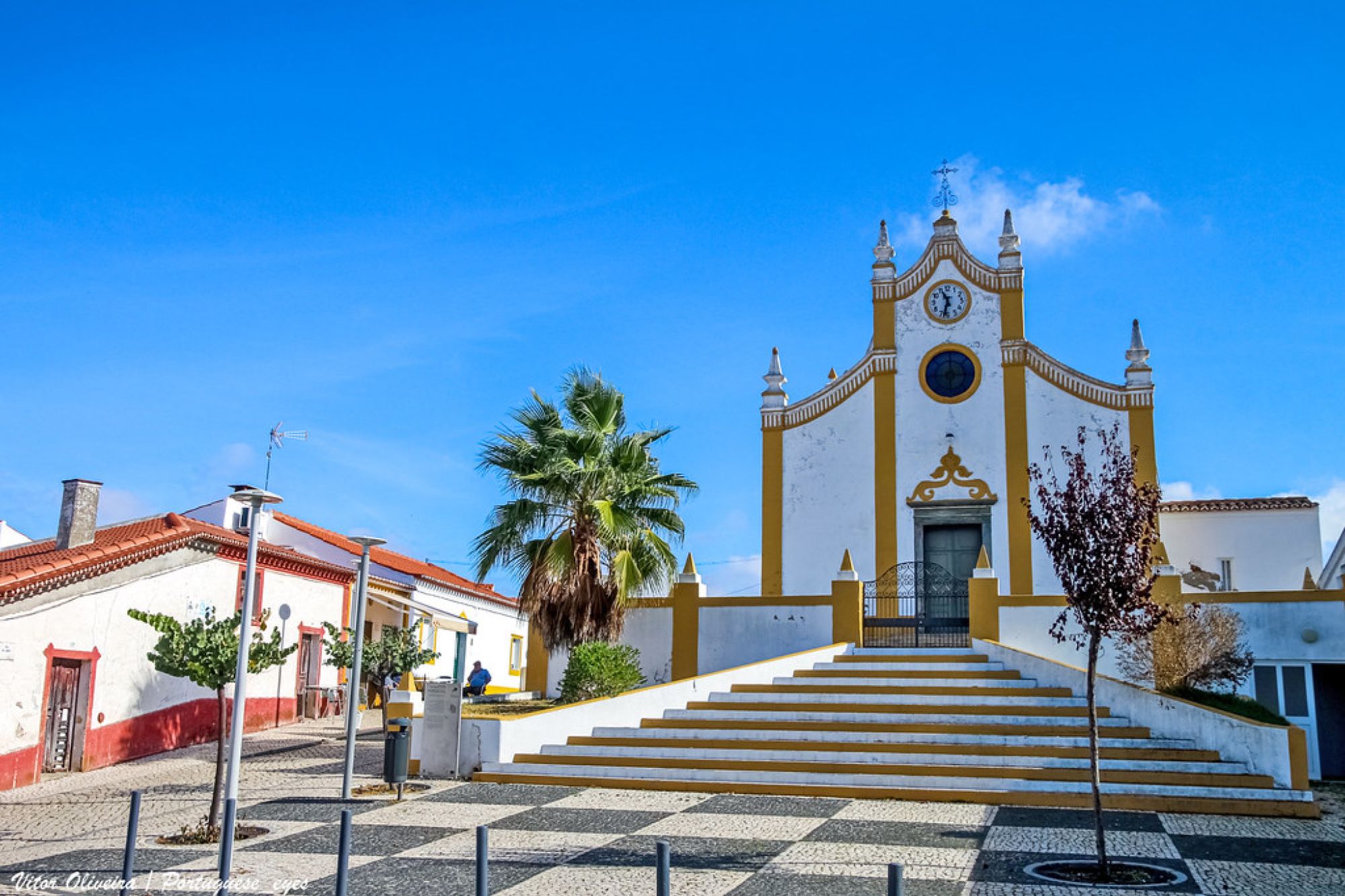
This tiny village boasts the highest concentration of pottery workshops in Portugal, with over 20 active studios in a community of just 1,300 people. The distinctive red clay of the region gives local ceramics their characteristic warmth and earthy appearance.
Artisans here maintain the traditional potter’s wheel techniques while incorporating subtle contemporary influences into their designs.
Montemor-o-Novo
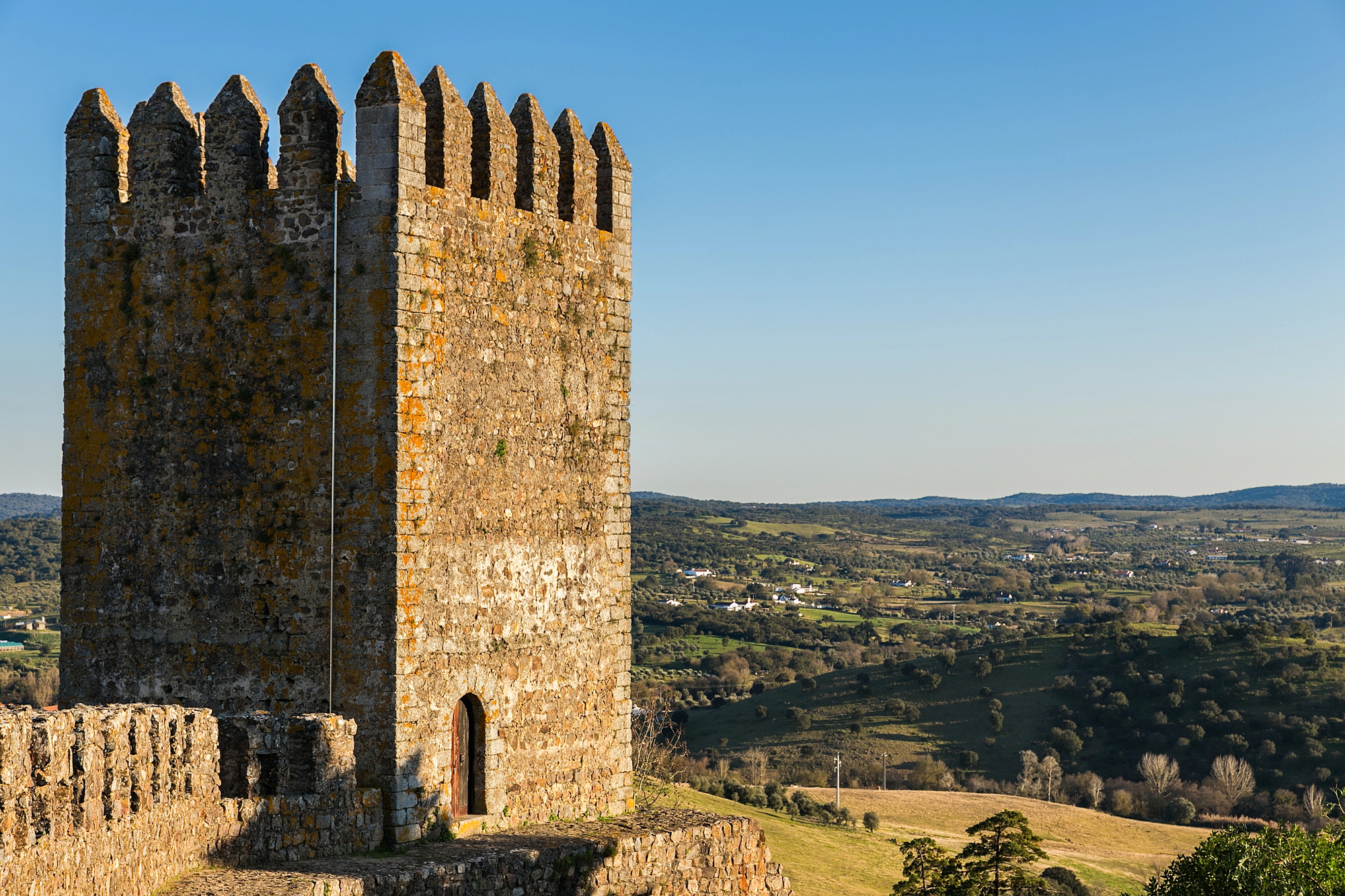
The leatherworking traditions of Montemor-o-Novo date back to times when the town supplied cavalry equipment to Portugal’s military expeditions. Modern artisans create everything from practical items like saddlebags and belts to decorative wall hangings using hand-tooling methods.
The town’s cork craftspeople also transform this sustainable bark into furniture, accessories, and architectural elements with remarkable ingenuity.
Like Travel Pug’s content? Follow us on MSN.
Amarante
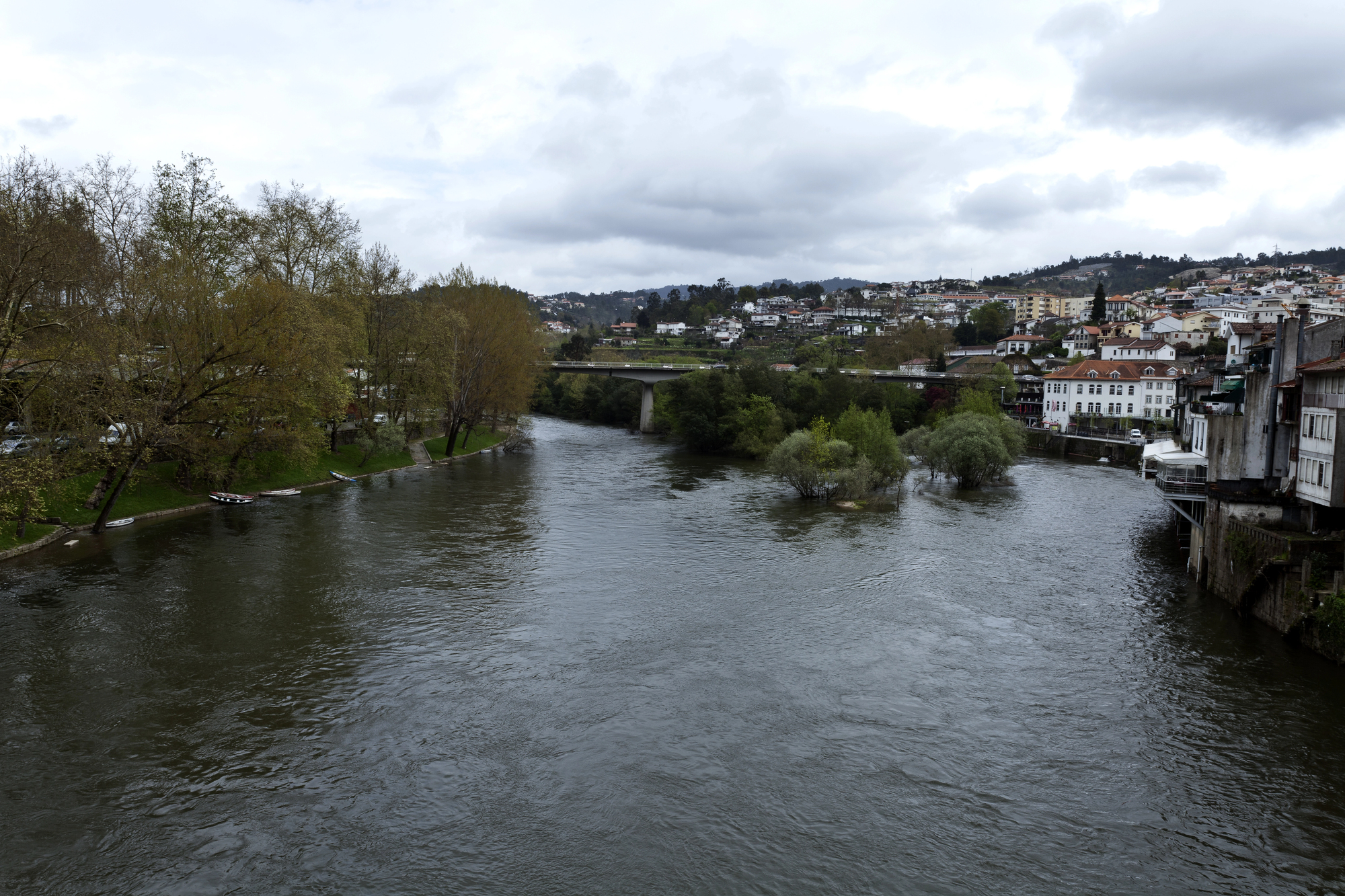
Nestled along the Tâmega River, Amarante preserves woodworking traditions that transform local timber into everything from religious statues to practical household items. The town’s confectioners maintain recipes for sweets developed in local convents during the 16th century, each handmade with precisely measured ingredients.
Traditional water-powered mills still operate in the outskirts, grinding grains using massive granite stones maintained by specialist millwrights.
Redondo
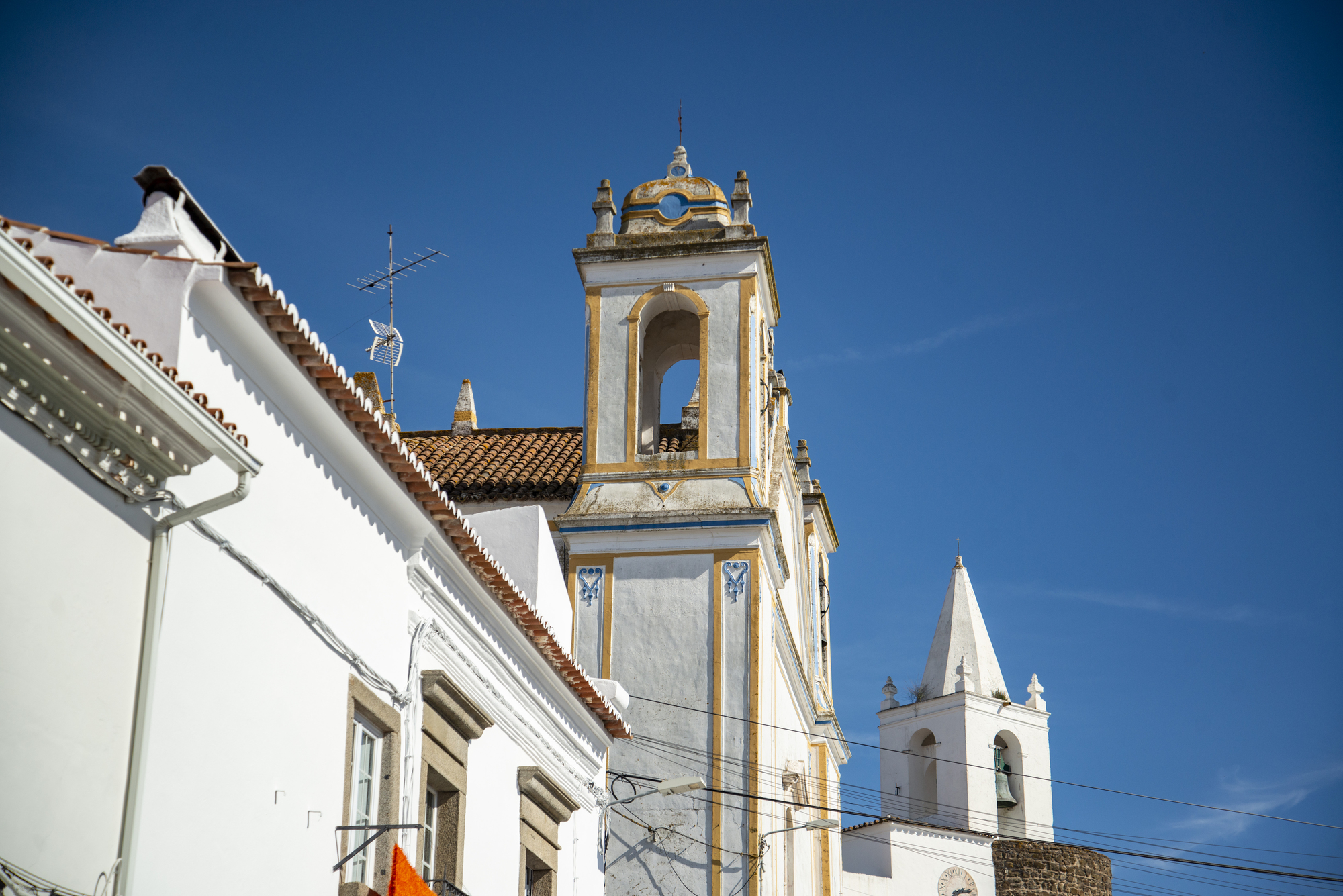
The painted pottery of Redondo stands out for its distinctive decorative style, featuring floral motifs and rural scenes. Local artisans paint these images freehand using natural pigments made from local minerals and plants.
The town’s cork craftspeople have evolved ancient techniques to create contemporary items like fashion accessories and furniture while maintaining traditional methods.
Guimarães
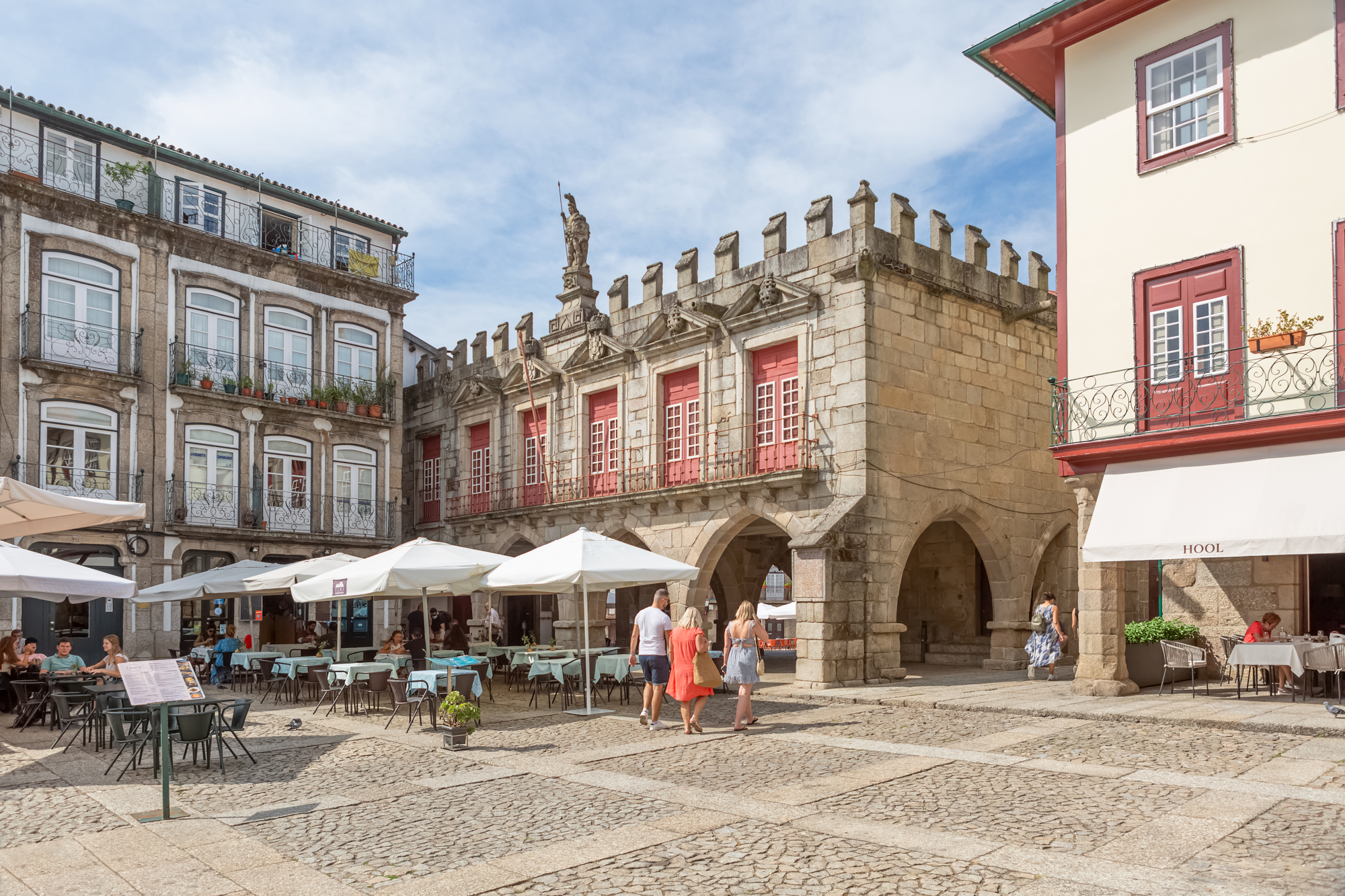
Often called Portugal’s birthplace, Guimarães maintains ironworking traditions that once equipped medieval armies. The town’s blacksmiths still forge decorative elements like balcony railings and doorway embellishments using traditional coal forges.
Local embroiderers create textiles featuring the ‘bordado de Guimarães’ style, recognizable by its distinctive open-weave background and satin stitch designs.
Like Travel Pug’s content? Follow us on MSN.
Vila Nova de Gaia
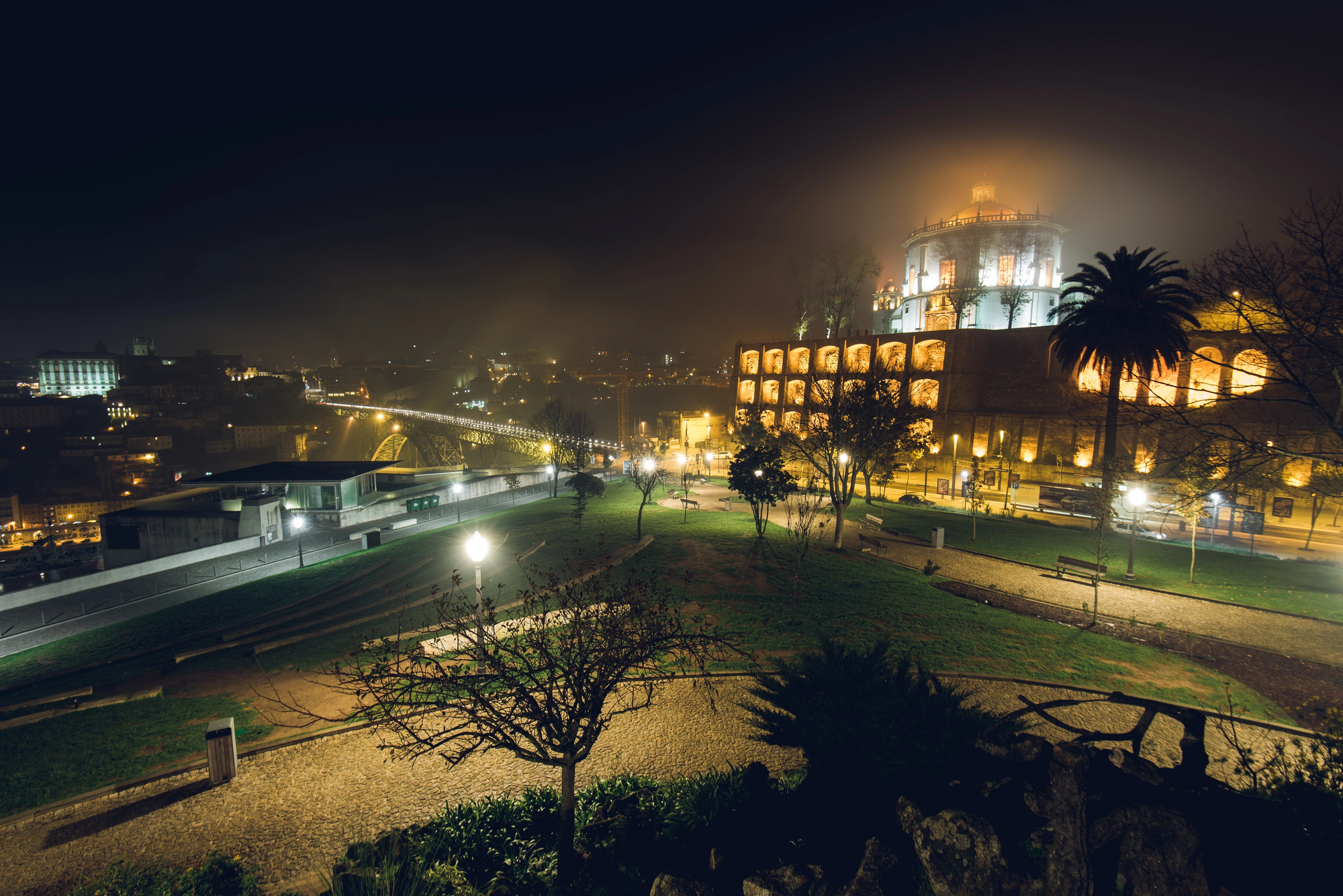
While famous for port wine cellars, this riverside town also preserves the craft of traditional wooden boat building. The rabelo boats that transported wine barrels along the treacherous Douro River for centuries are still constructed by hand using techniques passed down through generations.
Local coopers continue to build and repair the massive oak casks used for aging port wine, with each barrel representing dozens of hours of skilled handwork.
Serpa
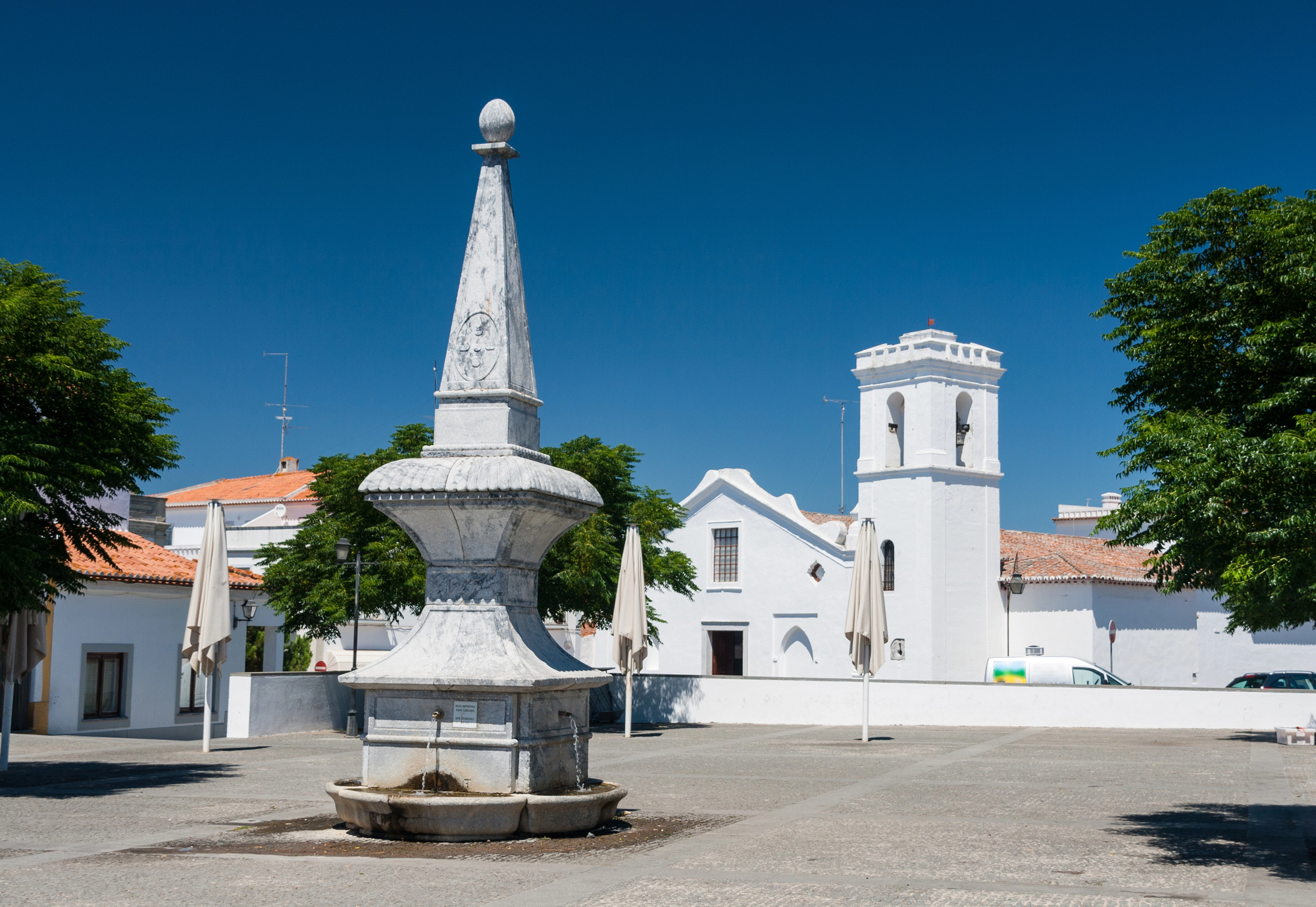
This walled Alentejo town maintains cheese-making traditions that have changed little since Roman times. The distinctive Queijo Serpa is still produced by hand in small batches using milk from sheep that graze on local herbs, giving the cheese its characteristic flavor.
Traditional weavers in Serpa create woolen blankets with geometric patterns that served as a visual language long before widespread literacy.
Craftsmanship as Cultural Memory
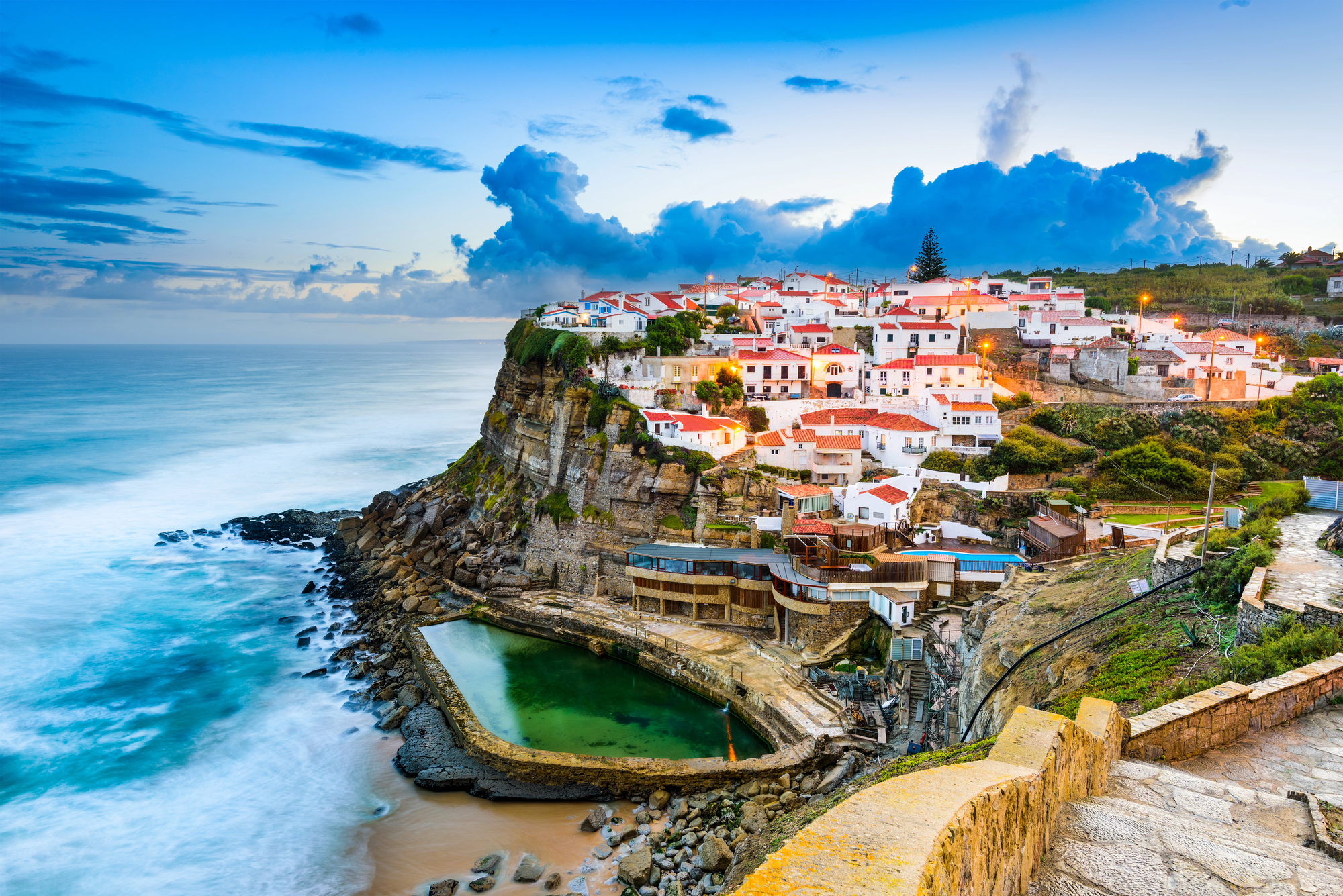
These Portuguese towns remind us that objects gain meaning beyond their function when made by human hands with intention and care. While mass production has changed our relationship with most everyday items, these communities maintain a direct connection between maker and user.
Their craftsmanship serves not just as tourist attractions but as living links to cultural identity and shared heritage that enriches both visitors and residents alike.
More from Travel Pug

- Cities Growing so Fast You Won’t Recognize Them in 10 Years
- 13 Destinations Where Tourists Regularly Regret Their Trip
- 20 Obscure WWII Sites Even History Buffs Don’t Know About
- 10 Under-the-Radar Mountain Towns That Are Both Affordable and Beautiful
- 20 Abandoned Places That Feel Like Real-Life Post-Apocalyptic Movie Sets
Like Travel Pug’s content? Follow us on MSN.
